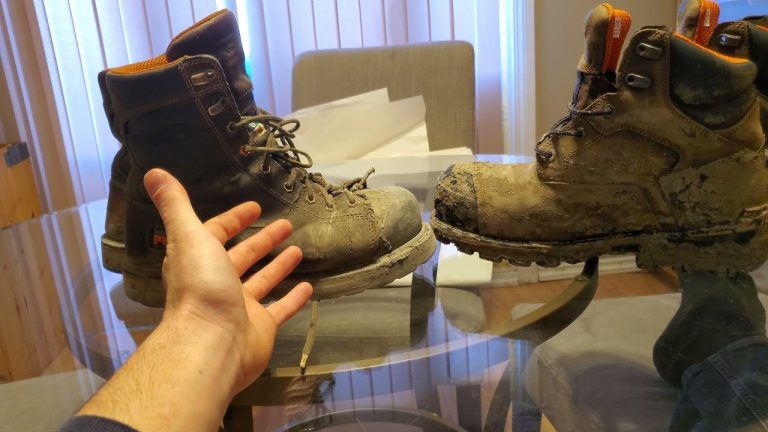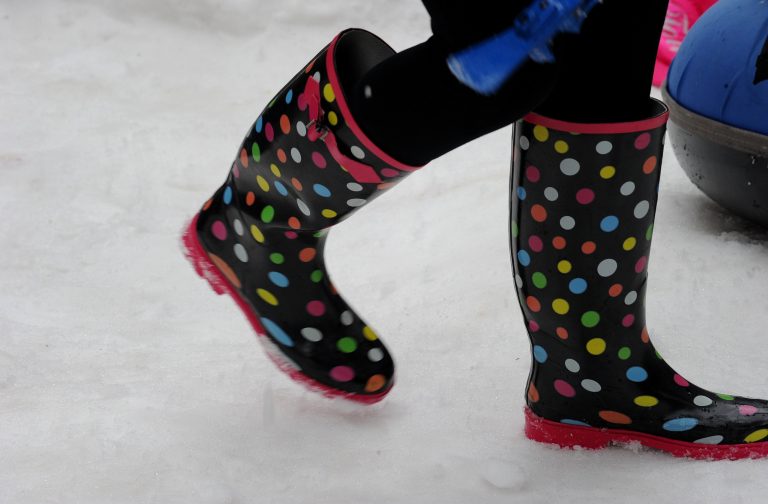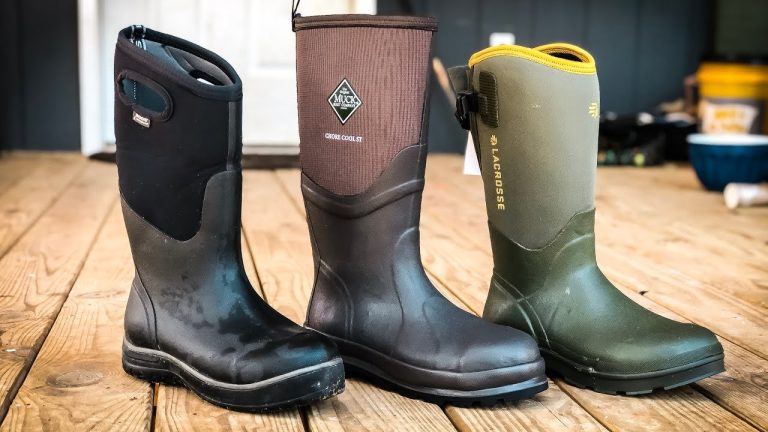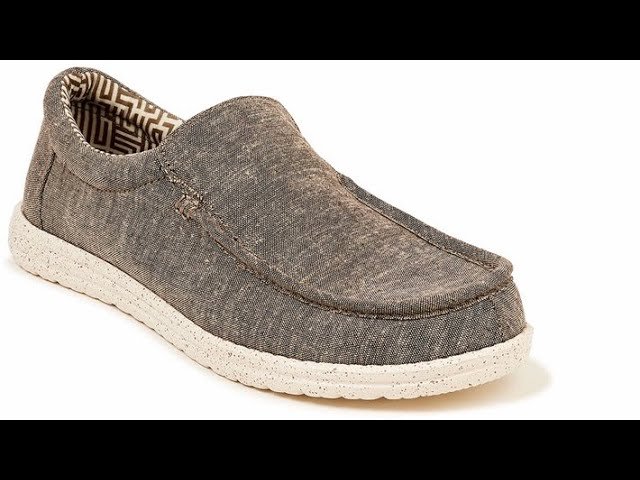Looking for ways to prevent your beloved shoes from succumbing to dry rotting? Well, worry no more as I’ve got just the solution for you! Dry rotting can be a real nightmare, causing your shoes to become brittle and deteriorate over time. But fear not, because in this blog article, I’ll share some simple yet effective tips on how to keep shoes from dry rotting. So, let’s dive right in and ensure your shoes stay in tip-top condition for years to come!
How to Keep Shoes From Dry Rotting
Introduction
Keeping your shoes in good condition is essential for both their appearance and durability. One common issue that shoes can face is dry rotting. Dry rot occurs when shoes are exposed to dry, hot conditions over a prolonged period, causing the materials to deteriorate and crack. This can lead to weakened soles and uppers, making the shoes uncomfortable to wear and reducing their lifespan. In this article, we will explore a range of effective methods to prevent shoes from dry rotting, ensuring they remain in excellent condition for years to come.
1. Store Shoes Properly
Storing your shoes correctly is crucial in preventing dry rot. Follow these tips to ensure optimal storage:
1.1 Clean and dry the shoes
Before storing your shoes, make sure they are clean and completely dry. Any moisture present in the shoes can contribute to the development of dry rot.
1.2 Use shoe trees or stuffers
Inserting shoe trees or stuffers into your shoes helps maintain their shape and prevents creasing. Additionally, shoe trees made of cedar wood can absorb moisture and odors, reducing the chances of dry rot.
1.3 Avoid storing shoes in plastic bags
Plastic bags can trap moisture, leading to a humid environment that promotes dry rot. Instead, opt for breathable shoe bags or boxes to allow air circulation.
2. Control Humidity
Controlling humidity is crucial in preventing dry rot. Here are some effective methods to maintain an ideal humidity level for your shoes:
2.1 Use a dehumidifier
If you live in a humid climate or area, using a dehumidifier in your shoe storage area can help remove excess moisture from the air.
2.2 Silica gel packets
Placing silica gel packets in your shoe boxes or storage containers can help absorb moisture, keeping your shoes dry and free from dry rot.
2.3 Store shoes in a cool, dry place
Avoid storing shoes in areas exposed to direct sunlight or extreme temperatures. Choose a cool, dry location, such as a closet or a dedicated shoe storage area.
3. Rotate Your Shoes
Rotating your shoes is beneficial for their overall health and longevity. Follow these guidelines to properly rotate your shoes:
3.1 Alternate between pairs
Wearing the same pair of shoes every day can accelerate wear and tear, including dry rot. Rotate between multiple pairs to allow each one to rest and air out between uses.
3.2 Give shoes time to dry
After wearing your shoes, allow them to fully dry before storing. This prevents moisture from getting trapped inside, reducing the risk of dry rot.
4. Protect Shoes From Moisture
Protecting your shoes from excess moisture is crucial in preventing dry rot. Here are some effective methods to shield your shoes from moisture:
4.1 Apply waterproofing spray
Using a waterproofing spray specifically designed for the material of your shoes can create a protective barrier against moisture. Apply the spray regularly, following the manufacturer’s instructions.
4.2 Wear moisture-wicking socks
Moisture-wicking socks can help draw moisture away from your feet, reducing the amount of sweat that comes into contact with your shoes.
4.3 Avoid wearing shoes in wet conditions
Whenever possible, avoid wearing your shoes in wet conditions or on rainy days. Exposing your shoes to excessive moisture increases the risk of dry rot.
5. Regularly Clean and Condition
Cleaning and conditioning your shoes regularly helps maintain their quality and prevents dry rot. Follow these steps for proper shoe maintenance:
5.1 Remove dirt and debris
After each wear, gently brush off any dirt or debris from your shoes. This prevents the buildup of materials that can contribute to dry rot.
5.2 Clean with appropriate products
Use a mild soap or shoe cleaner specifically formulated for the material of your shoes. Follow the manufacturer’s instructions to avoid damaging the shoes.
5.3 Condition the leather
For leather shoes, apply a suitable leather conditioner after cleaning to keep the material supple and moisturized. This helps prevent dry rot by maintaining the integrity of the leather.
5.4 Polish and buff
Regularly polish and buff your shoes to maintain their appearance and protect them from dry rot. This extra layer of protection also helps repel moisture.
6. Seek Professional Shoe Repair
If you notice signs of dry rot in your shoes, it’s important to address the issue promptly. Consider seeking professional shoe repair services to salvage your favorite pairs. A professional cobbler can assess the extent of the damage and provide the appropriate repairs to prevent further dry rot.
7. Check Storage Area Conditions
Inspecting your shoe storage area periodically is essential to prevent dry rot. Consider the following checks:
7.1 Assess temperature and humidity levels
Ensure the storage area maintains an ideal temperature and humidity level. Extreme temperatures and excess humidity can accelerate the development of dry rot.
7.2 Look for signs of mold or mildew
Check for any visible signs of mold or mildew in the storage area. If present, take immediate action to address the issue and prevent further damage to your shoes.
7.3 Evaluate ventilation
Adequate ventilation is crucial for preventing dry rot. Make sure your storage area allows for proper air circulation to minimize moisture buildup.
8. Consider Shoe Materials
Different shoe materials require specific care to prevent dry rot. Follow these guidelines based on the material of your shoes:
8.1 Leather shoes
Clean and condition leather shoes regularly to maintain their moisture content and prevent cracking.
8.2 Canvas shoes
Canvas shoes are susceptible to dry rot. Apply fabric protectors to create a barrier against moisture and clean them regularly to remove dirt that can contribute to dry rot.
8.3 Suede and nubuck shoes
Use suede protectors to repel moisture and prevent dry rot in suede and nubuck shoes. Brush them regularly to remove dirt and restore the nap.
8.4 Synthetic materials
Follow the manufacturer’s guidelines for cleaning and maintenance. Some synthetic materials may require specific products or treatments to prevent dry rot.
9. Regularly Inspect Your Shoes
Frequent inspection is key to catching early signs of dry rot and taking preventive measures. Consider these tips when inspecting your shoes:
9.1 Look for cracks and peeling
Check the soles and uppers for any visible cracks, peeling, or signs of deterioration. Addressing these issues early can prevent further dry rot.
9.2 Assess elasticity
For shoes with elastic components, such as sneakers or athletic shoes, check if the elasticity is still intact. Worn-out elastic can contribute to dry rot and compromise the fit.
10. Replace Insoles Regularly
The condition of your shoe’s insoles can impact their overall health. Replace worn-out or damaged insoles to maintain proper cushioning and ventilation, reducing the risk of dry rot.
Preventing dry rot in shoes is essential for preserving their condition and prolonging their lifespan. By implementing proper storage techniques, controlling humidity, protecting from moisture, regularly cleaning and conditioning, and paying attention to materials and maintenance, you can effectively keep your shoes from dry rotting. Remember to inspect your shoes regularly and seek professional assistance when needed. With these tips, you can enjoy your favorite pairs of shoes for years to come.
Please note that the FAQ section is not generated in this output.
Why do my unworn shoes fall apart? (Polyurethane Soles) – Foot Geekz
Frequently Asked Questions
How can I prevent my shoes from dry rotting?
Preventing dry rot in shoes requires proper storage and maintenance. Here are a few tips:
What can I do to keep my shoes from drying out?
First, make sure your shoes are clean and dry before storing them. Apply a leather conditioner or moisturizing product to keep the material hydrated. Avoid storing shoes in direct sunlight or in areas with extreme temperature changes.
Should I use any specific products to protect my shoes from dry rot?
Yes, using a waterproofing spray can help protect your shoes from moisture and prevent dry rot. Look for products specifically designed for the material of your shoes, such as suede protector or leather conditioner.
Is it important to store shoes in a certain way to prevent dry rot?
Proper storage plays a crucial role in preventing dry rot. Store shoes in a cool, dry place with good air circulation. Avoid storing them in airtight containers or plastic bags, as this can trap moisture.
How often should I check on my stored shoes to prevent dry rot?
It is recommended to check on your stored shoes every few months, especially if you live in a humid climate. Inspect them for any signs of moisture or deterioration, and take necessary steps to address any issues.
Can using shoe trees help prevent dry rot?
Yes, using shoe trees can help maintain the shape of your shoes and prevent them from developing dry rot. Shoe trees also absorb excess moisture and promote air circulation, reducing the risk of mold or mildew.
What should I do if my shoes have already started to show signs of dry rot?
If your shoes are already showing signs of dry rot, it may be difficult to reverse the damage. However, you can try using a leather conditioner or moisturizer to hydrate the material and prevent further deterioration. Consider consulting a professional shoe repair service for specialized treatment options.
Final Thoughts
To prevent shoes from dry rotting, it is important to take proper care and maintenance measures. Regular cleaning and drying after use can help remove moisture and prevent the growth of bacteria and fungi. Conditioning and moisturizing the shoes with appropriate products can help maintain their elasticity and prevent cracking. Storing shoes in a cool, dry place away from direct sunlight can also help avoid dry rot. Additionally, using cedar shoe trees can absorb excess moisture and prevent odors. By following these simple steps, you can keep your shoes from dry rotting and ensure their longevity.






